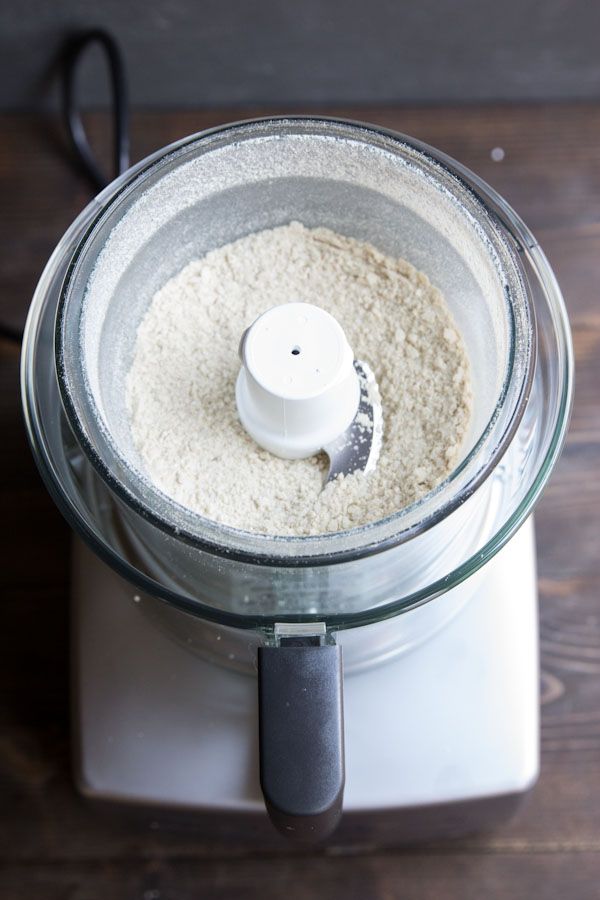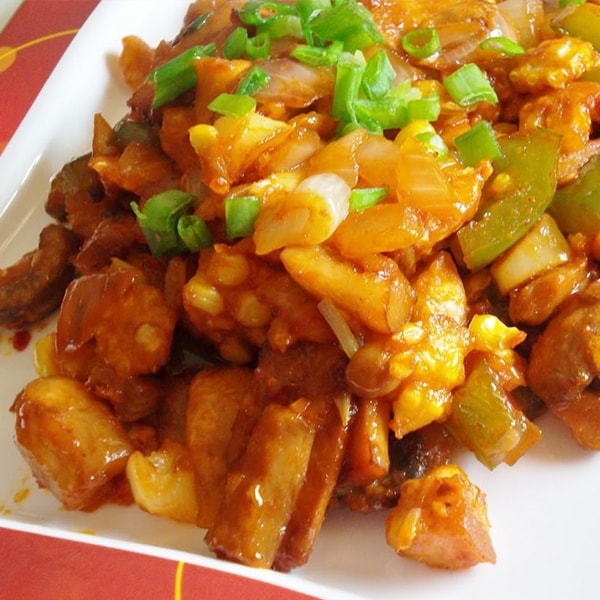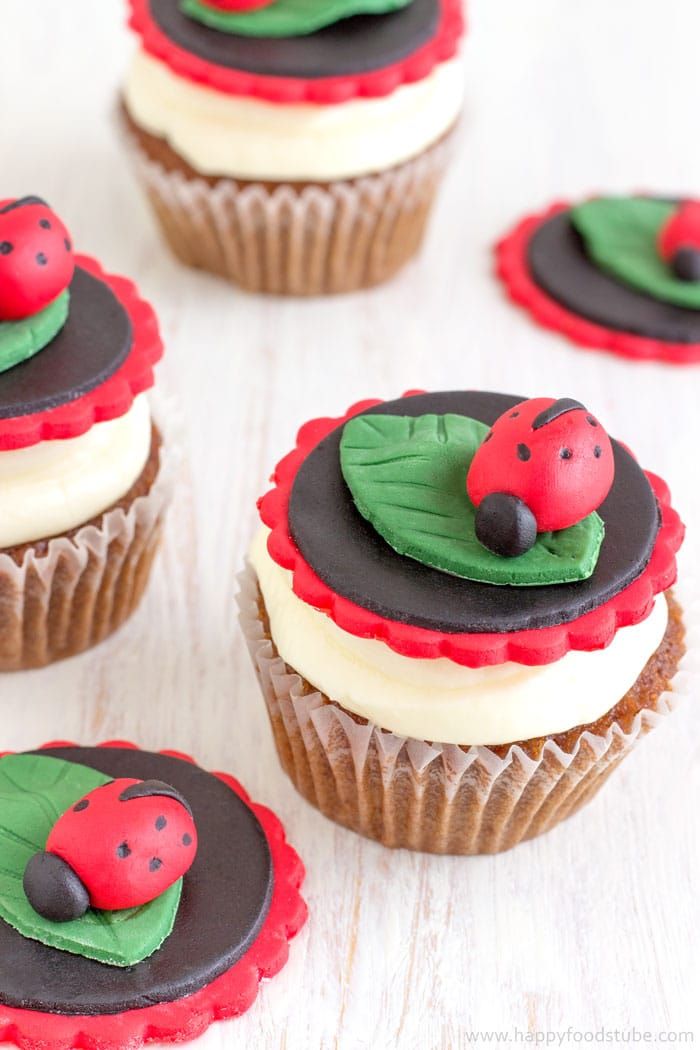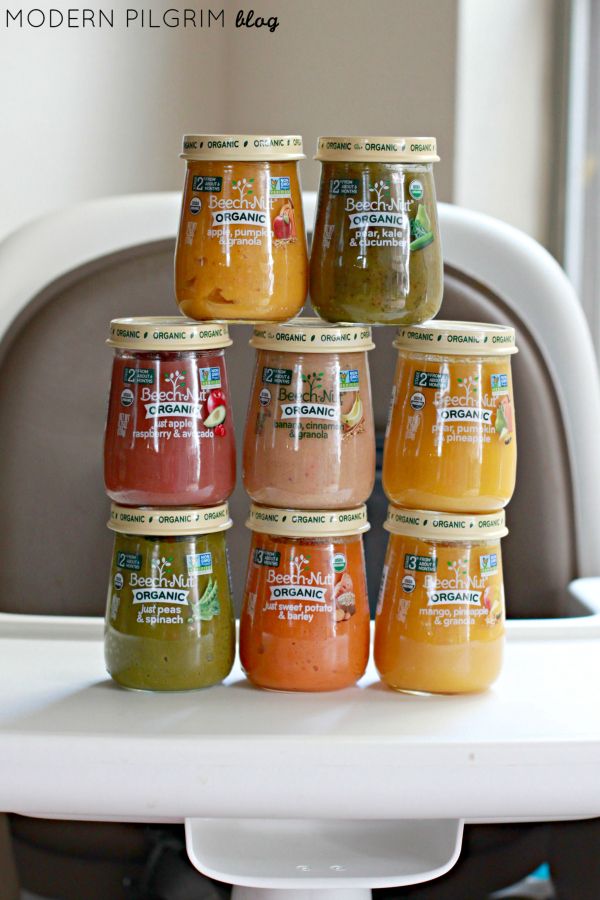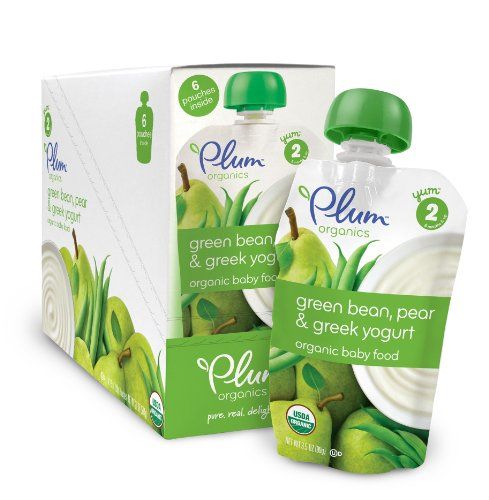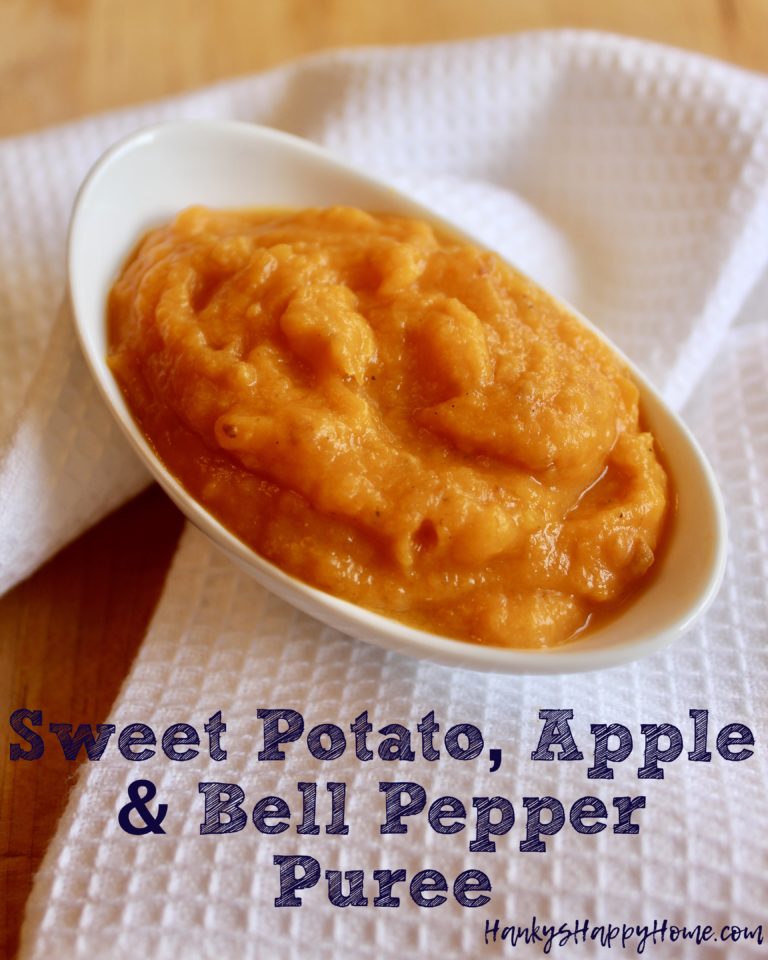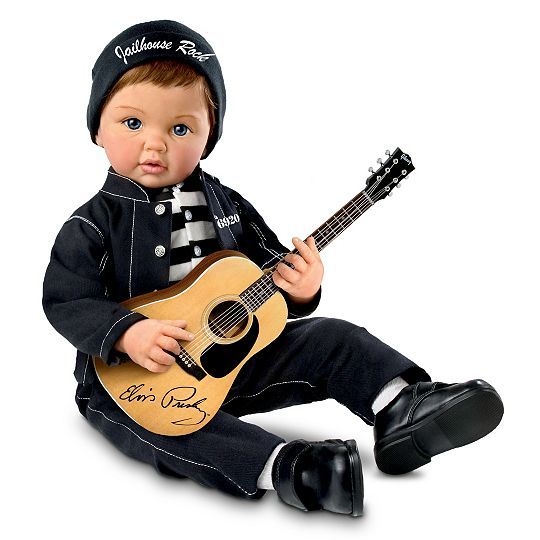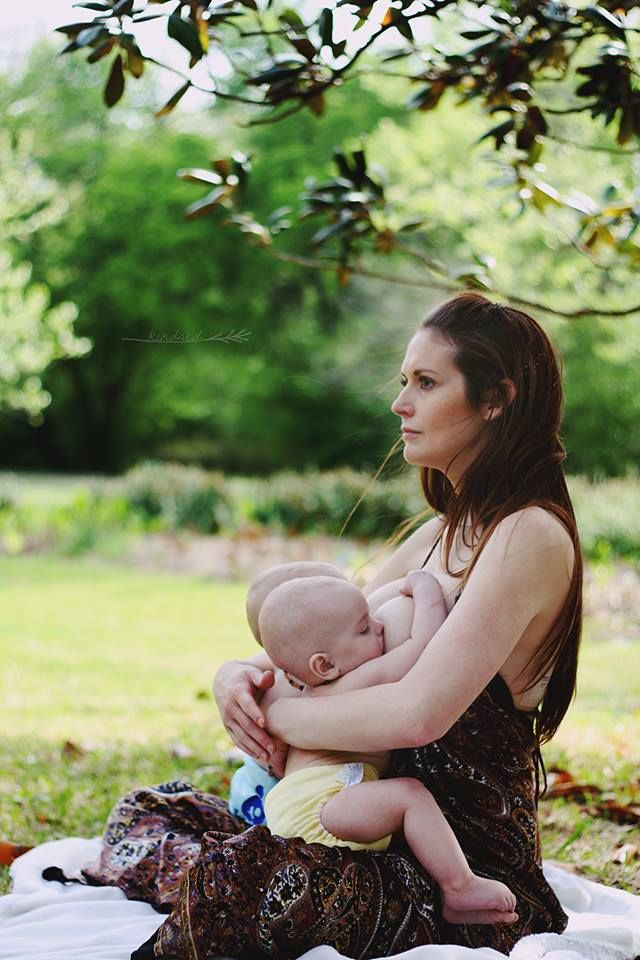Homemade baby food cereal
Homemade Oatmeal Cereal for Babies
Making Homemade Oatmeal Cereal is one of the most rewarding and easiest ways to feed your new baby. And after doing it, you’ll wonder why you ever bothered buying it at the store.
When my son, Kenya, was a baby the first solid my pediatrician told me to feed him was rice cereal. Rice cereal is a natural first food choice for babies and is incredibly simple for parents to prepare. My husband and I were so excited for our son’s first day eating solid food to arrive that we set aside an entire Saturday morning to document every last second, from his first bite to the inevitable mess that would follow. I’m so glad the footage exists, though the images of that day are indelibly printed in my brain. His expressions tasting, moving the food around in his mouth, and finally swallowing were absolutely priceless.
Rice cereal became his daily meal and I researched to find the best brand to serve him. One day after opening a new box, I realized it was barely half full, just like every box I’d opened before. I thought to myself, why am I spending $4 for a box of rice cereal when I can easily make it homemade for pennies per serving? And so I did. Not only was it easy it do and much more affordable, it was my son’s first exposure to me cooking for him.
As Kenya progressed to eating a wider variety of foods, I started adding oatmeal cereal to his repertoire as well. It’s amazing to me how much more fresh homemade cereals taste compared to what is sold in stores for new eaters (not to mention how much less expensive they are). All you need to do is puree old fashioned oats in a blender or food processor and add water. It’s that simple.
So the next time you’re at the grocery and reach for that container of overpriced oatmeal cereal, remember that you probably already have the one ingredient you need to make it for your baby right in your pantry!
Save Recipe Print Recipe
Servings: 1
Author: Catherine McCord
Prep Time 1 minute
Cook Time 5 minutes
- ▢ 1/2 cup old fashioned oats (aka 5 minute oats)
Place oats in a food processor, pulse for 15 to 30 seconds or until finely ground.
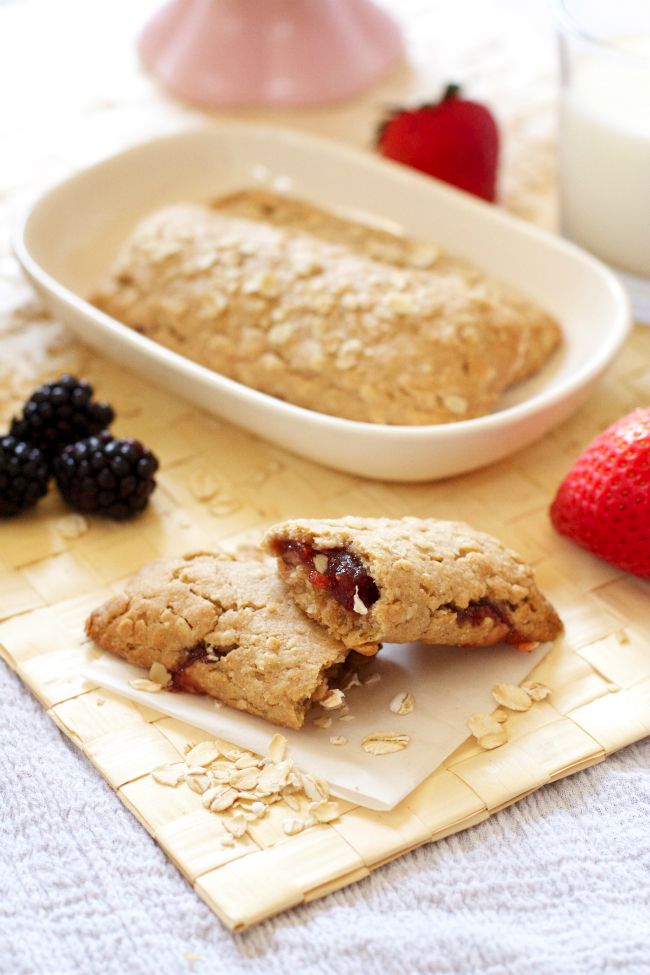
Store the oat powder in a sealed container in the refrigerator or freezer or in a cool dark place for up to 3 months.
To make 1 serving for a 5-9 month old baby
Bring 1/2 cup of water to a boil and sprinkle in 2 tbsp of the ground oats and ½ teaspoon ground cinnamon, if desired.
Whisk continuously for 30 seconds and then occasionally for 3-5 minutes or until the mixture is thick and creamy.*
Did you make this recipe?Mention @Weelicious or tag #weelicious!
Published August 4, 2022 by Catherine McCord
Categorized in All Recipes, First Foods, Purees, Recipes 10-12 Months, Recipes 6-9 Months
About the Author
Catherine is a mama of three.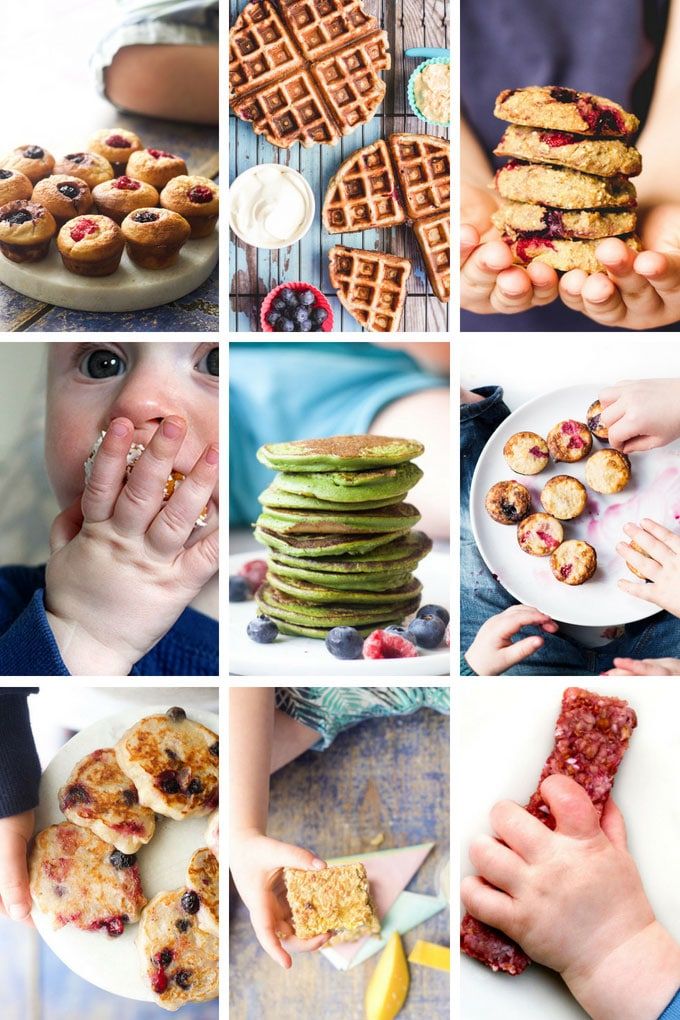 A Kentucky girl living in California. Here’s what I know: all kids can be great eaters and mealtime must be easy. I create simple, healthy recipes the whole family will love.
A Kentucky girl living in California. Here’s what I know: all kids can be great eaters and mealtime must be easy. I create simple, healthy recipes the whole family will love.
Baby's First Cereal {From Scratch}
31 Comments
Jump to Recipe
Making your own baby cereal costs a fraction of what you can buy it for and takes just minutes! Learn how with our simple tutorial!
TABLE OF CONTENTS
- What is the Best Baby Cereal to Start With?
- What grains are best for making baby cereal?
- How Do I Make My Own Baby Cereal?
- When Can I Start Giving My Baby Cereal?
- Baby’s First Cereal {From Scratch}
What is the Best Baby Cereal to Start With?
For years, the recommendation was that you start with plain white rice cereal. There has been recent evidence against rice cereal, and now the experts recommend that you simply feed your baby food that’s easy to digest and contains good amounts of iron. A single-grain cereal is a good choice to start with.
What grains are best for making baby cereal?
There are so many highly nutritious grains that are a great choice for making baby cereal from scratch.
- Rice is typically the least allergenic grain and is easy to digest. Organic brown, jasmine rice and basmati are great.
- Oats are a great starter grain for babies. It is high in fiber, calcium, protein and even some B vitamins. Old fashioned, steel cut, and rolled oats all work well for making baby cereal.
- Barley is a good source of fiber, as well as Vitamin A, Folate and even protein. When cooked, barley’s texture is similar oats. Barely most commonly comes in hulled, rolled, and pearled form, and all three are perfect for baby cereal.
- Kamut is a high protein grain, about 30% more protein than wheat. It has a sweet and almost buttery flavor. Its shape looks similar to basmati rice.
- Millet is rich in B vitamins, potassium, iron, and is even considered a good protein source. It looks like a tiny round ball and has a mild flavor making it a great option to us for mixing other flavors with.
 It is gluten free and a great option for grain sensitivities.
It is gluten free and a great option for grain sensitivities. - Quinoa is packed with fiber, iron, and is a great plant source of protein, and is gluten free. It has a slightly nutty flavor, but overall is not very strong. Make sure you rinse your quinoa well.
How Do I Make My Own Baby Cereal?
Here is how…….(you won’t believe how easy it is)
You take your uncooked grain, place it in a high powered blender, and pulse until it has a fine texture. That is it!! Really it is that simple. Making your own will cost you pennies, provides your baby with whole grain nutrients and is super fast and easy to make.
To Cook:
1/2 cup milled grain + 4 cups water
Add together to a pot and bring to a boil. Then reduce heat and simmer for 15 minutes. If it is too thick, add a little more water. This will make a lot! You can store the leftovers as individual portions and then freeze for later. I like to use silicone trays because it is super easy to pop an individual portion out.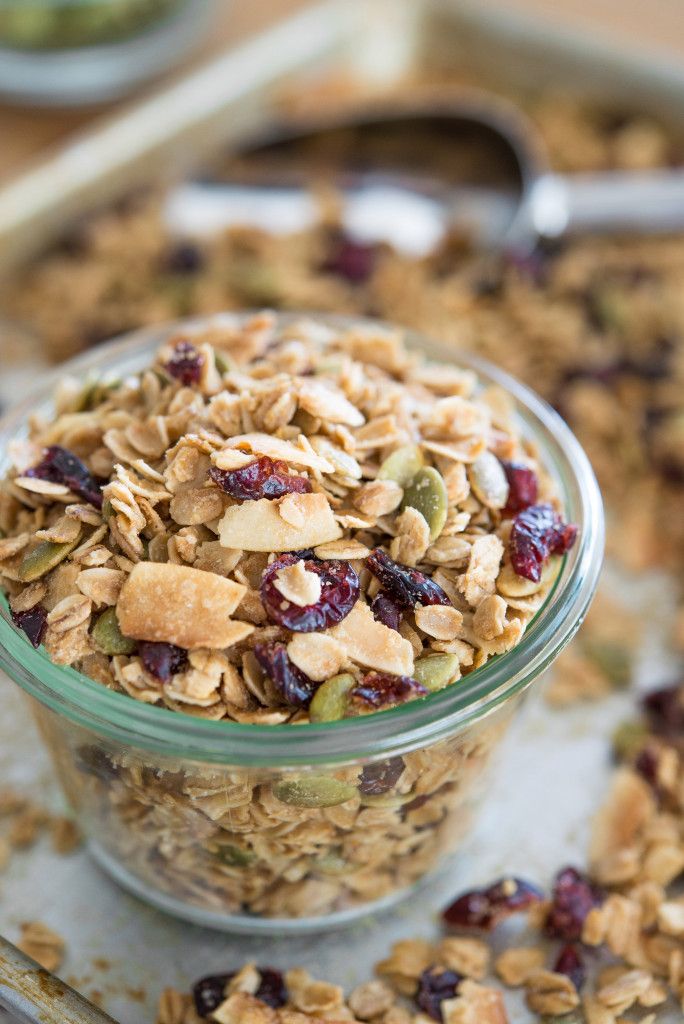 I love the the NUK Silicone Tray because I love the size of the cups. They are a really good portion size, and I love that it has a lid to cover the entire tray instead of individual lids.
I love the the NUK Silicone Tray because I love the size of the cups. They are a really good portion size, and I love that it has a lid to cover the entire tray instead of individual lids.
I personally think that plain whole grain cereal is kind of bland, and so I usually mix it with some kind of fruit or vegetable. To make your own fruit and vegetable baby food, check out our post here.
When Can I Start Giving My Baby Cereal?
Most babies are ready to start solids between 4 and 6 months (and experts recommend waiting until closer to 6 months in many cases) Your baby’s individual development is really what you should go by when deciding whether or not it’s time to start solid food.
These are some of the signs that your baby is developmentally ready for solid food:
- Your baby can hold her head up well when propped to sit. Even strained baby foods should not be offered until then. Chunkier foods should wait until a baby can sit well alone, usually not until 7 months.
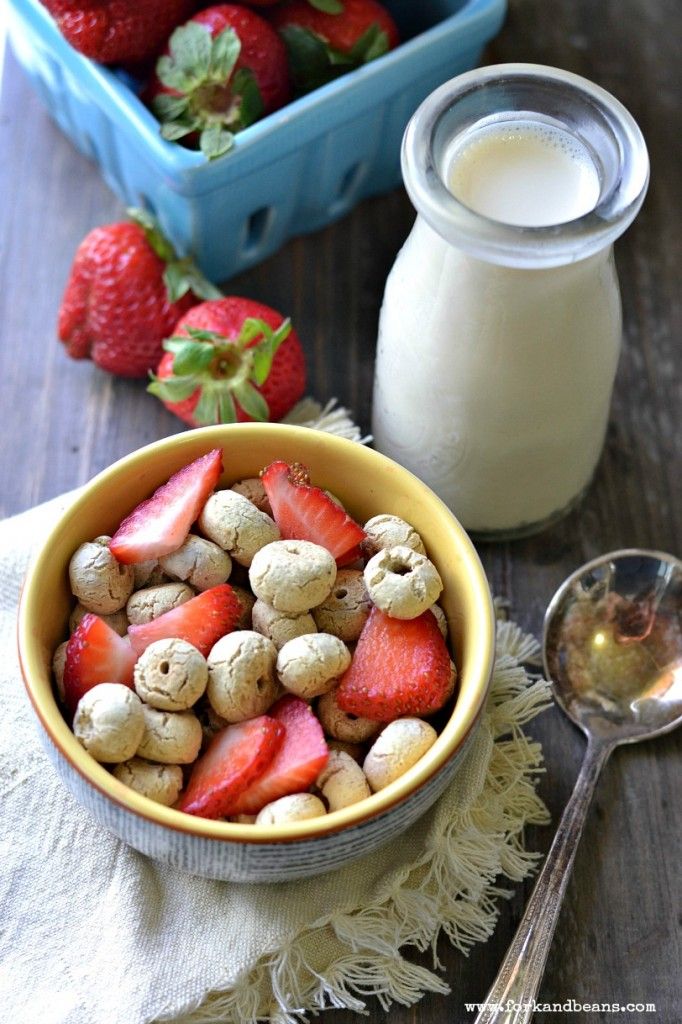
- The tongue thrust reflex has disappeared. Try this test: Place a tiny bit of baby-appropriate food thinned with breast milk or formula in your baby’s mouth from the tip of a baby spoon or your finger. If the food comes right back out again with that tiny tongue, and continues to after several tries, the thrust is still present and baby isn’t ready for spoon-feeding.
- Your baby reaches for and otherwise shows an interest in table foods. If she’s grabbing the fork out of your hand or watching intently and excitedly with every bite you take, that may be a sign that she’s hungry for more real food.
- Your baby is able to make back-and-forth and up-and-down movements with the tongue. How can you tell? Just watch carefully.
- 1/2 cup grain, milled
- 4 cups water
Combine ingredients in a pot and bring to a boil.
Then reduce heat and simmer for 15 minutes.
Remove from heat and let cool before feeding to your baby.
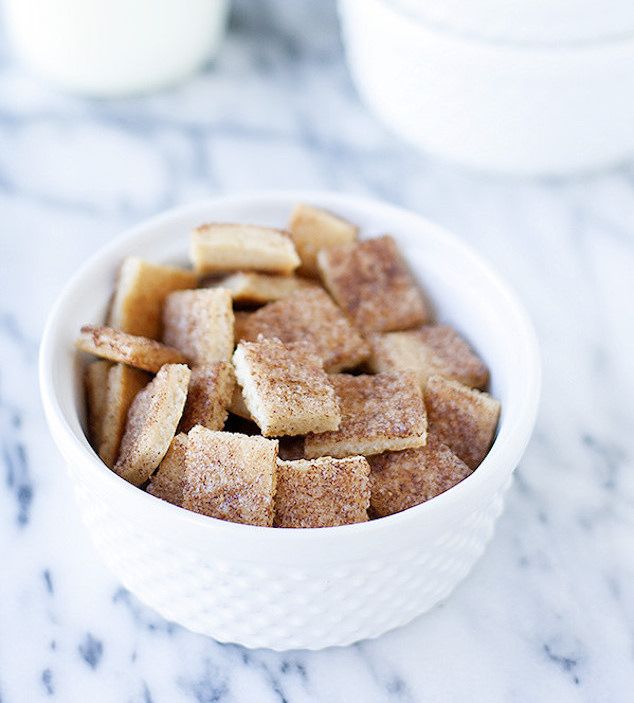 You can mix this cereal with a small amount of breast milk or formula when feeding.
You can mix this cereal with a small amount of breast milk or formula when feeding.Store leftovers in an airtight container. Will stay good in the fridge up to 5 days.
If it is too thick, add a little more water. This will make a lot! You can store the leftovers as individual portions and then freeze for later for up to 3 months.
Tried this recipe?Mention @SuperHealthyKids or tag #SuperHealthyKids!
Natalie Monson
I'm a registered dietitian, mom of 4, avid lover of food and strong promoter of healthy habits. Here you will find lots of delicious recipes full of fruits and veggies, tips for getting your kids to eat better and become intuitive eaters and lots of resources for feeding your family.
Learn More about Natalie
Oatmeal for children - Encyclopedia Baby food
Viktoriya Levchuk© Oatmeal can be loved or not loved, but all children know how good it is for the body. Oatmeal is a great food for babies who continue to get introduced to solid foods. Grains are rich in essential nutrients such as fiber, protein and vitamins. No doubt, oatmeal is healthy for children, but what age is suitable for complementary foods? Also, is it possible to be allergic to oats? We will answer these questions and talk about the benefits of oatmeal.
Oatmeal is a great food for babies who continue to get introduced to solid foods. Grains are rich in essential nutrients such as fiber, protein and vitamins. No doubt, oatmeal is healthy for children, but what age is suitable for complementary foods? Also, is it possible to be allergic to oats? We will answer these questions and talk about the benefits of oatmeal.
Benefits of oats for children
Table of contents:
Oats—commonly known as oatmeal or instant porridge—are one of the most nutritious grains you can buy.
Unlike many other grains that undergo extensive and destructive processing before reaching the store shelves, oats are always whole. This is regardless of whether it is cut, rolled, fast or instant.
This means that it retains all the minerals and vitamins found in the germ, endosperm and bran... and that's a lot of good!
Oats are an excellent source of soluble fiber, protein and B vitamins, thiamine, riboflavin and B6.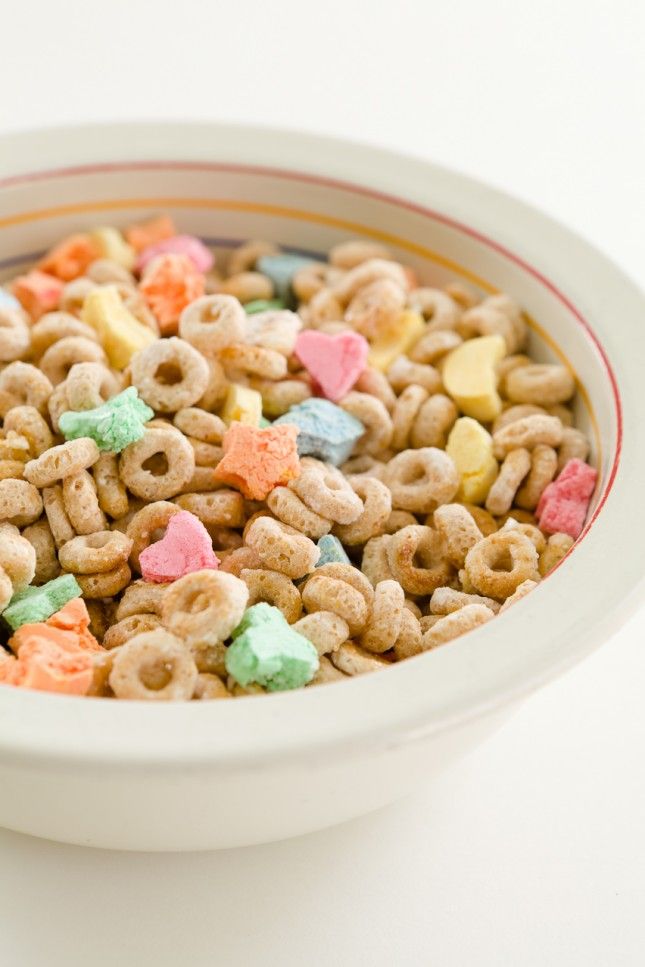 It also provides iron, calcium, magnesium, selenium and phosphorus.
It also provides iron, calcium, magnesium, selenium and phosphorus.
Children should enjoy oats from a very young age, as they also play a very important role in maintaining health throughout adulthood.
When eating oatmeal, it is important to know its benefits for baby food:
- Gluten-free oatmeal. Children who are allergic to gluten cannot consume grains such as wheat, rye and barley for a balanced diet. But they can eat oats, which are gluten-free and contain the same vitamins and minerals. Oatmeal helps improve the nutritional value of a gluten-free diet, which can lead to nutritional deficiencies in children.
- Oats are good for constipation. Since oats are rich in fiber, they help fight constipation. Doctors recommend making oats part of the diet when frequent constipation occurs, and this suggestion even works for babies.
- Oatmeal for children perfectly strengthens the immune system. Oats contain a type of sugar called beta-glucan, which boosts the production of immune system cells.
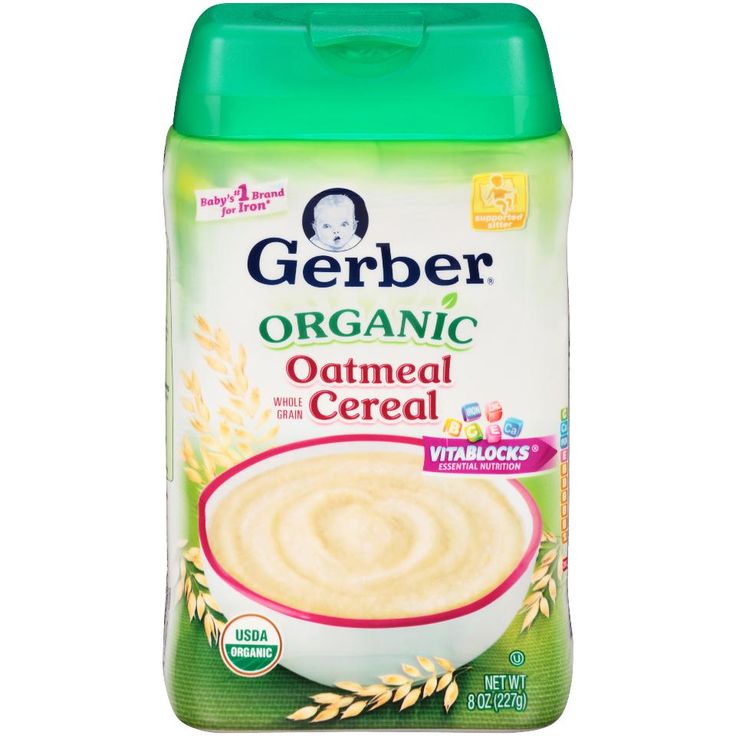 Thus, regular consumption of oats can keep the immune system healthy, which is an advantage for a growing child.
Thus, regular consumption of oats can keep the immune system healthy, which is an advantage for a growing child. - Oatmeal helps reduce inflammation. Oats contain compounds called avenanthramides, which can reduce inflammation from several causes, including infections and wounds. Babies with certain autoimmune conditions can benefit from the anti-inflammatory properties of oats.
- Oatmeal improves insulin sensitivity. Babies born with congenital type 1 diabetes may benefit from eating oats as the grain reduces insulin resistance. This means that the body makes better use of the injected insulin, reducing the effects of diabetes.
- Essential food for children with GERD. One treatment option for children with gastroesophageal reflux disease (GERD) is to give them solid foods in the form of thicker purees. Oatmeal is considered a safe and healthy thickener for these children.
Benefits of oatmeal in baby food
Oats and gluten
Before 6 months of age, children should not be given foods containing gluten, as this is thought to increase their risk of developing celiac disease.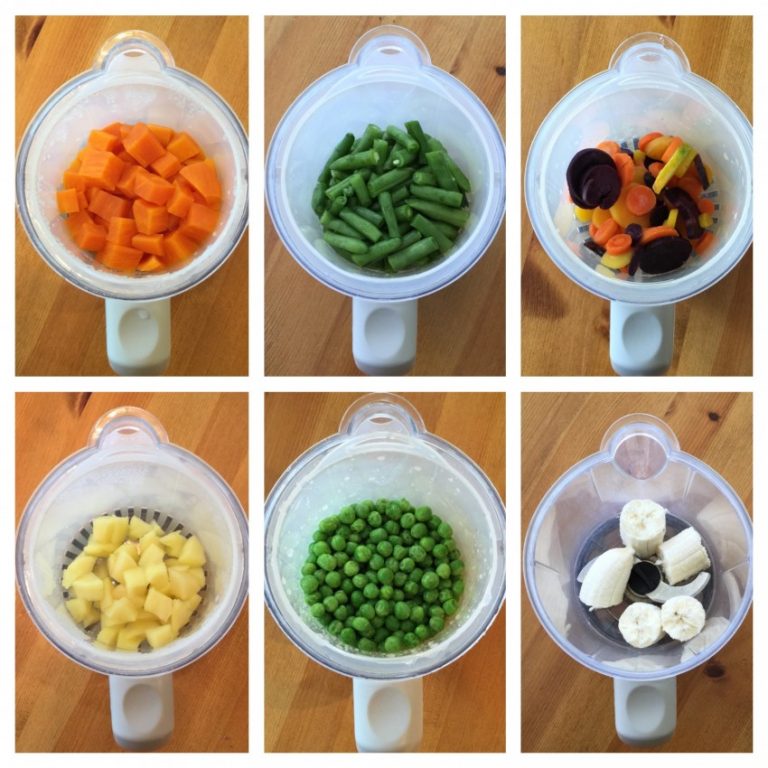 Whether oats are considered a gluten-containing grain is the subject of some speculation.
Whether oats are considered a gluten-containing grain is the subject of some speculation.
Gluten is a protein found in wheat, rye, barley and triticale (a hybrid of rye and wheat). Oats do not belong to any of these groups; thus, people with gluten intolerance usually don't have to worry about gluten in uncontaminated oats. However, there are several concerns about oat consumption.
Oats contain avenin, a protein similar to gluten. In some people with celiac disease, avenin activates the same immune cells that respond to gluten. However, most people with the disease can tolerate gluten-free oats without problems.
A 2014 study found that eating 100 grams (g) of oats a day for 3 days activated immune cells affecting avenin, but only in 8 percent of participants. The authors of the study concluded that a smaller amount of oats is probably good for people with celiac disease.
The Celiac Disease Society recommends monitoring anti-tTG antibody levels before and after adding oats to the diet. This provides clear data on how eating oats affects a person.
This provides clear data on how eating oats affects a person.
People who try oats should start with small amounts and record any symptoms they experience. If symptoms do not appear, and the level of antibodies in the blood remains stable, you should continue to eat oats.
There is also the problem of cross-contamination, where oats can be contaminated with other gluten-containing grains with which they are grown, harvested, processed or stored. People on a gluten-free diet can only eat uncontaminated oats. A very small number of people with celiac disease may still be sensitive to gluten, an uncontaminated oat product.
It is up to the individual to decide whether or not to include gluten-free oats in their diet - some people choose not to try it. However, they understand important benefits:
- oats add variety to a gluten-free diet
- oats are a good source of soluble fiber, which can support gut health and help treat high cholesterol and keep blood sugar levels stable.

Indeed, pure oat products are marketed as an acceptable part of a gluten-free diet in some parts of the world, especially in Scandinavian countries. However, it is still advisable to consult a doctor if you plan to administer oats to a child with a family history of gluten intolerance.
Oats
Oatmeal is a processed oat. This is what we buy in the market. But oatmeal comes in several varieties.
1. Oat flakes
When we think about oats, a picture of oat flakes comes to mind. Oatmeal is oatmeal made from whole grain oats. They are made by steaming oat grains (without the rind) and then passing them through a roller before drying. Rolled oats come in two varieties: slow-cooked and fast-cooked oats.
2. Coarse oatmeal
Whole oatmeal, not refined oatmeal, is pounded into a coarse meal filled with fiber. Baby oatmeal mix may contain oatmeal, as it mixes well with hot water.
3. Instant Oats
This is the most processed type of oats. Oat grain is boiled, rolled and then dried before being packaged. Rolled oats are semi-finished and are usually found in ready-to-eat baby cereals that can be made by simply adding hot or boiling water.
Oat grain is boiled, rolled and then dried before being packaged. Rolled oats are semi-finished and are usually found in ready-to-eat baby cereals that can be made by simply adding hot or boiling water.
4. Whole grain oats
If oat flakes are processed, then oat grains are hardly touched. Whole grain oats, also called whole grain oats, are raw oats in their purest form with 100% of their nutritional value retained.
5. Cut oats
Whole oats that are cut into small pieces by powerful steel blades are called steel oats. They contain the same nutritional value of whole grain oats, but cook faster as the grain is broken into smaller pieces.
And now the question arises:
What kind of oatmeal should I choose for my child?
Oats, chopped, best for children as they are unprocessed, easy to prepare and retain all the goodness of whole oats. It takes a long time to cook it, then we use a mill and make oatmeal, it cooks faster, the porridge is more tender.
Oatmeal porridge can be introduced into the child's complementary foods after acquaintance with rice, buckwheat and corn porridge. The approximate age of the child is about 7-8 months. Although American pediatrics advises to introduce the baby to oatmeal from the age of 6 months, since it does not cause constipation. Many moms try introduce oatmeal much later closer to 10-12 months, because they are afraid of the reaction of a weak organism to gluten. But as I wrote above, oatmeal or oats do not contain gluten, if not contaminated.
The first oatmeal for children only dairy-free boiled in water with a small piece of butter. Oatmeal contains phytic acid, which prevents the absorption of calcium, so oatmeal is not recommended for children every day. To benefit from the product oatmeal porridge can be given 2-3 times a week. A serving of oatmeal until the year is approximately 200 grams, after - 200-300 grams. But you should not force the baby to eat up how much he ate, which means that the body needs so much.
But you should not force the baby to eat up how much he ate, which means that the body needs so much.
Introduction to complementary foods oatmeal occurs like any other new product with 1 tsp. in the morning, gradually increase the portion.
oats complementary foods
Oatmeal every day in complementary foods
The child loves oatmeal and eats only it every day. Mom is starting to panic! First you need to understand whether it is temporary? As I wrote in the article Era of Nutrition, this happens to children. Suddenly, the baby begins to love only one product and eat it for breakfast, lunch and dinner, this moment of nutrition is temporary from 2 to 8 weeks. He will pass. But encourage your child to eat oatmeal every day is not worth it, as I wrote above, it is not recommended to give oatmeal every day. Therefore, we try to give a variety of cereals for breakfast, alternating with eggs and dough dishes, for example, pancakes or pancakes. They can be made from rice or rye flour.
They can be made from rice or rye flour.
Life hack for moms
If oatmeal has become a favorite cereal, the child is ready to eat it at any time of the day, the mother is sure that this is not the era of nutrition, it is impossible to introduce other cereals, or everything moves so slowly that the mother is afraid, that oatmeal will do more harm than good. Then the store sells cereals of 3 cereals, 4 cereals, 5 cereals, 7 cereals of long cooking, there are even these cereals for sale by weight, usually sold on the market. Under the guise of oatmeal, the baby gets a variety.
I do not welcome this way of eating, especially if children are deceived, but when mother is in despair, mother is tired of fighting, mother does not know how to influence / persuade / beg / force a picky eater to eat something other than oatmeal, then this option as an outlet is very suitable. Moreover, the taste of these cereals is different, very suitable for a transitional moment, you can honestly admit to the baby that you will feed him oatmeal with additives, it tastes like oatmeal, but even tastier. In short, we try, and suddenly it will be an ideal solution.
In short, we try, and suddenly it will be an ideal solution.
Allergy to oatmeal
Baby oatmeal is a good food for children because it has a low risk of allergic reaction. However, an allergic reaction is possible as a side effect, especially if it is contaminated with wheat gluten, as discussed above. Signs that a child has an allergic reaction to oatmeal include eczema, hives, diarrhea, vomiting, abdominal pain, lethargy, swelling of the face, and difficulty breathing. Allergy symptoms usually appear within two hours after eating. The extreme manifestation of food allergy is food protein-induced enterocolitis syndrome (FPIES), in which symptoms such as vomiting, abdominal pain, and diarrhea are severe. If you suspect that your child is showing signs of a food allergy, seek medical attention immediately.
How to choose and store oats for children?
Oat Selection: When choosing oats or standard oatmeal, you must select a product without added preservatives, sugar, salt or flavors.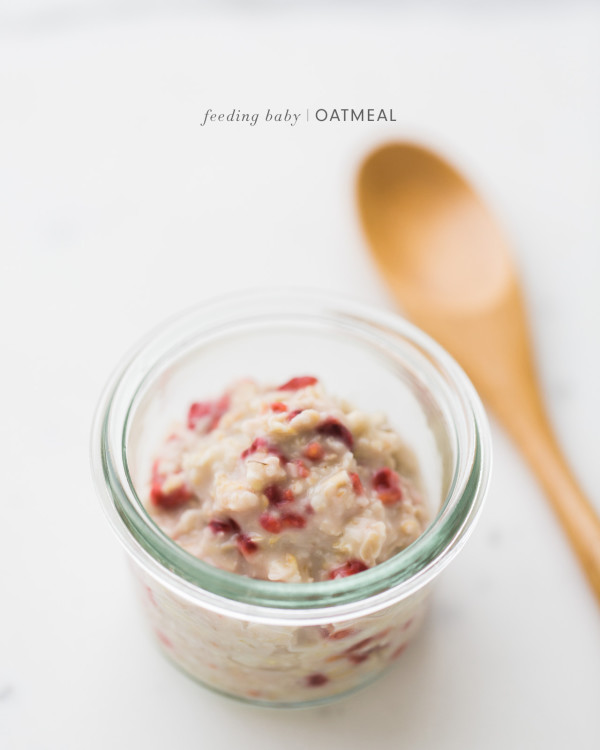 Oat flakes should be crumbly, without stale lumps and mold, as well as a characteristic musty smell. There should be a slight oatmeal smell. If we buy oats from a bag, then we choose sellers who quickly sell their goods.
Oat flakes should be crumbly, without stale lumps and mold, as well as a characteristic musty smell. There should be a slight oatmeal smell. If we buy oats from a bag, then we choose sellers who quickly sell their goods.
Storage Location: Whole grains and oatmeal can be stored for several months in a cool, dry place. Oatmeal should be stored in an airtight, airtight container and preferably in the refrigerator. Can be stored in a cool dry place, but it is important to check the condition of the flour if it is used infrequently.
When grains are ground, the natural oils derived from the grains can go rancid without refrigeration. When buying any type of ground whole grain, it is always better to buy less than throw away. We use the same storage methods for homemade oatmeal.
Like any other grain, oats can be susceptible to pest infestation. Keep the storage area clean while getting rid of pests such as moths. Avoid pills or poison from pests, as they can harm the child. We buy small quantities that can be consumed within a short period of time. If we are going to store oats for a long period of time, we put them in an airtight container or a zipper bag and put them in the freezer. The low humidity and low temperature environment in the freezer helps maintain product quality.
We buy small quantities that can be consumed within a short period of time. If we are going to store oats for a long period of time, we put them in an airtight container or a zipper bag and put them in the freezer. The low humidity and low temperature environment in the freezer helps maintain product quality.
Freezing oatmeal
Leftover oatmeal can be frozen. It often happens, they cooked it, but a lot, either you finish eating after the child, or in the freeze, it's a pity to throw it away. Where can it be used? Of course, many would advise eating later, this is a good idea, thawed and eaten, but it is more interesting to use such porridge when making cutlets, pancakes or pies, cookies. Reduces cooking time and enriches the dish with useful minerals and vitamins. Milk oatmeal can also be frozen, but we defrost it in the refrigerator in the evening in order to add spices, such as cinnamon, to it in the morning. Still Frozen Oatmeal loses some flavor, but not much.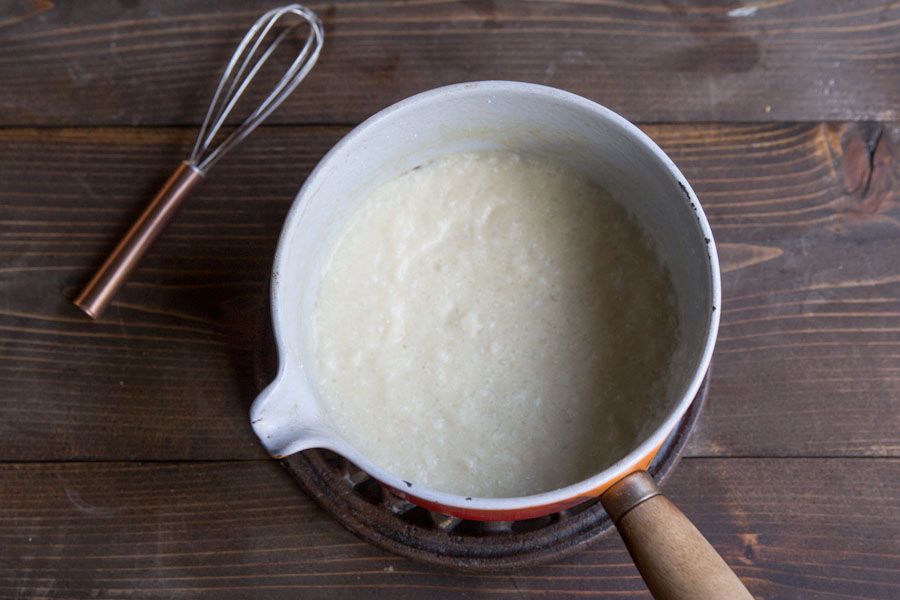
How to freeze oatmeal
Freezing is easy and simple, the main thing is to have ice or cake molds, you can also use ordinary large plastic freezer containers. It is convenient to decompose into small forms, freeze on a quick freeze, shock, and then decompose into special zip-packages for freezing with an indication of the date of freezing. Or put a bag in a large plastic container, put the porridge in it, when it freezes, take the bag out of the mold, put a large cube of porridge in the freezer. Defrost only in the refrigerator overnight, store in the freezer for about 6 months.
And another small comparison, it is better to eat thawed oatmeal, cooked from whole grains, than to brew instant oatmeal.
How to process oats for children?
We offer several ways to prepare oats, oatmeal, oatmeal or sliced oats:
Preparation of porridge from oatmeal for children over 7 months old:
Oatmeal is obtained from long-cooked oatmeal or from grain.
- Put the water on the fire, let it boil.
- For 100 ml of water we take 1-2 tablespoons of oatmeal.
- Stir thoroughly so that the porridge cooks evenly.
- Let cool after cooking. Mix with fruit and serve.
- You can add a little milk and butter at the end if it is included in the baby's complementary foods.
Cooking oatmeal / baby oatmeal for babies over 10 months:
- Soak oats in water for a few minutes.
- Put on fire and cook for about 10-15 minutes or according to the time recommended on the package.
- Add more water or milk to adjust the consistency.
- Milk should preferably be added at the end of the boil, 5 minutes before.
- Refrigerate. You can add fruit to oatmeal for a child.
Cooking porridge from whole and cut oats for children over 12 months old:
- Pour boiling water over groats for 6 hours, if with cold water, then for the whole night, then in the morning it will boil faster.

- The ratio of water and grain is 2 to 1, but here it depends on the density of the finished porridge, it will have to be determined empirically.
- Before cooking, drain the water and rinse the grain.
- When the water boils, reduce the fire.
- Porridge must be stirred slowly, the faster you stir, the more it thickens.
- Simmer the grain for about 30-40 minutes, and the cut grain is much smaller.
- Finally add milk and butter.
Please note that the age limits are approximate, it all depends on the age at which the baby got acquainted with oatmeal, at what age he began to eat finger food. Approximately, about 1-2 months are given for one consistency, i.e. we introduced oatmeal porridge, we cook it in this form for about a month, it is clear that the child is ready to switch to oatmeal, we are transferring, we are not ready to wait yet. You can cook many other healthy and tasty dishes for children from oats and oatmeal.
Storage of cooked oatmeal
Cooked oatmeal should be stored in the refrigerator for no more than 24 hours or frozen.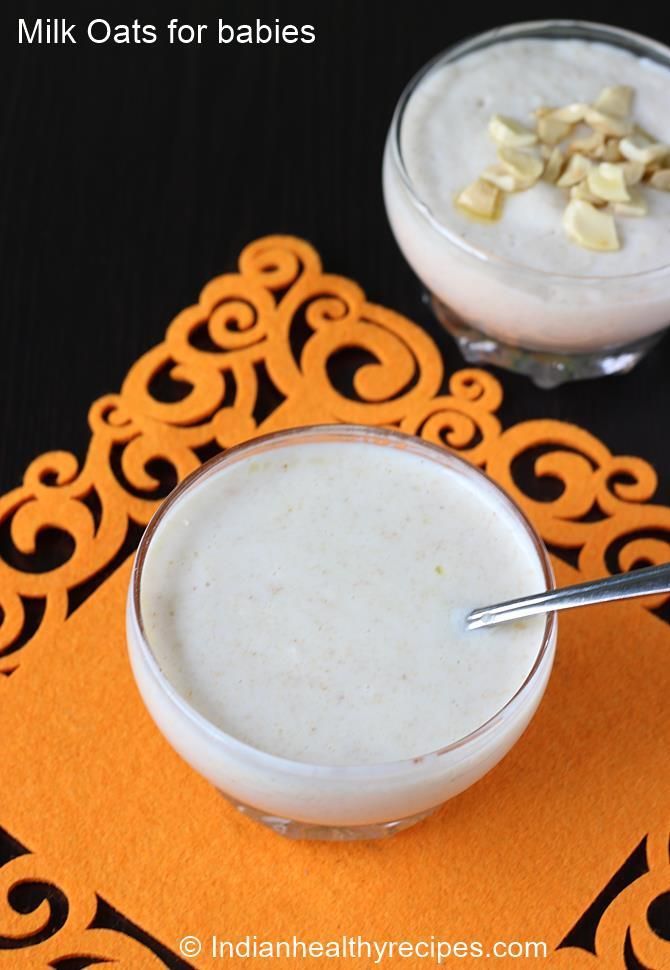 It seems to me that oatmeal is delicious only freshly cooked, after standing for a while, it loses its amazing taste.
It seems to me that oatmeal is delicious only freshly cooked, after standing for a while, it loses its amazing taste.
Contraindications
Oatmeal should not be given to heart and kidney failure, individual intolerance and allergies, and celiac patients, if the oats are not cleaned and grown inappropriately, and also in case of an allergic reaction to avenin.
Oat milk
Oat milk is a popular dairy-free milk substitute.
It is made by soaking and mixing whole grains or oatmeal with water, then straining through cheesecloth to separate the milk from the oats.
Naturally, oat milk is not as nutritious as whole oats. As a result, industrial production often fortifies oat milk with nutrients including calcium, potassium, iron, and vitamins A and D.
Oat milk is unique in that it does not contain many of the allergens found in other milks. In addition, it contains beta-glucans, a soluble fiber that may benefit the heart.
Due to its growing popularity, oat milk can be found in most grocery stores or online. It can also be made at home.
How to make oat milk
It is very easy to prepare, but there are a lot of recipes. However, I tend to offer you 2 recipes for making oat milk.
Both recipes are prepared with long-cooked oatmeal.
First recipe: To make oat milk, simply take 1 cup long-cooked oatmeal and 4 cups of water, put in a blender, and blend for 30-45 seconds. Then strain through a clean cloth/gauze or sieve for best results.
This method produces a creamy oat milk that is ideal for adult coffee, adult and child smoothies, porridge, baked goods, muesli, and more.
The second recipe repeats the manipulations of the first except for one point. Let oatmeal stand in water for a day, but mucus is formed, which not everyone likes. You can try both methods of making oat milk and decide which is best.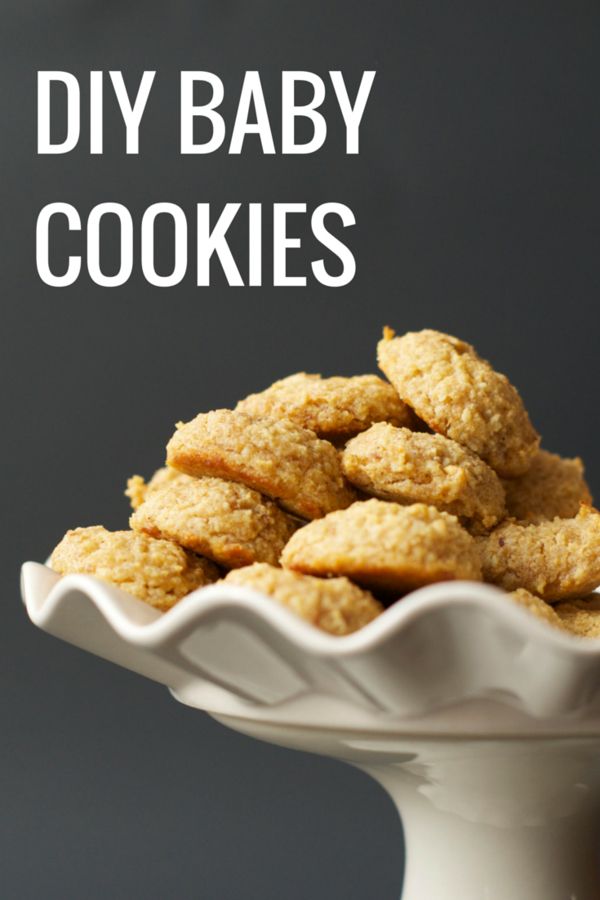
If you want to make oat milk from whole grains, then the oats are first ground in a coffee grinder to the state of flour. Used according to the recipes described above. Of course, whole grain oat milk is healthier, but more effort will be required.
Oat Baby Food
Oats pair best with:
- Milk is often the go-to choice for oats. You can make delicious porridge or smoothies.
- Almost all types of fruit have a pleasant taste with oats. Fruits like naturally sweet bananas go well with oats without even adding sugar.
- If you boil finely chopped vegetables with oats, you will get a delicious porridge for a child.
- Meat can be combined with oats in the same way as vegetables. You can make delicious meaty oatmeal using just oats, meat, and water, although onions and carrots can also be added.
Oats taste great with almost all foods, which means they can be part of a child's diet.
Oatmeal Mixing Ideas to Enrich the Taste of Baby Food
*All foods must be introduced into the baby's diet. Oat finger food is a product made from oat flour or oat flakes. You can buy them or make your own at home. The simplest example of oat finger food is baby biscuits, they are soft, crumble easily, made from a mixture of various flours, including oatmeal. And so parents can cook pancakes, pancakes, cookies, etc. and offer the child the product as a finger food. Prepackaged Baby Food offers many oatmeal products. The list below is only a small part of the products of the modern food market. Basically, the production of baby food offers dry and ready-made oatmeal cereals, drinks, cookies, oatmeal is also often added to baby puree, sometimes just for taste and nutritional variety, and sometimes as a thickener. NEMOLOKO Nestle Malyutka Fleur Alpine heinz Frutonyanya Bibikol Here are some more tips to help you get the most out of your oats!
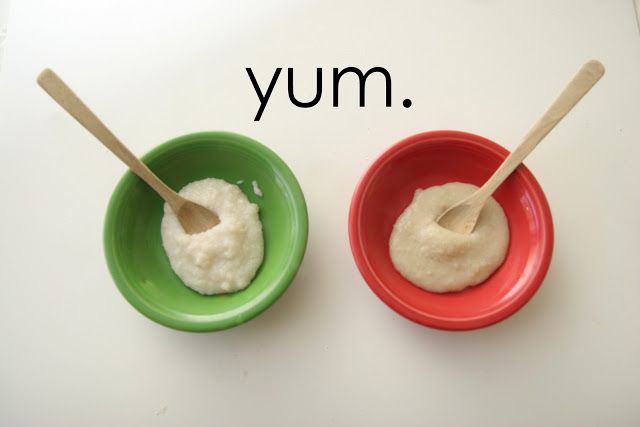 You can even freeze cooked oatmeal.
You can even freeze cooked oatmeal. Oat finger food
Oatmeal Prepackaged Baby Food
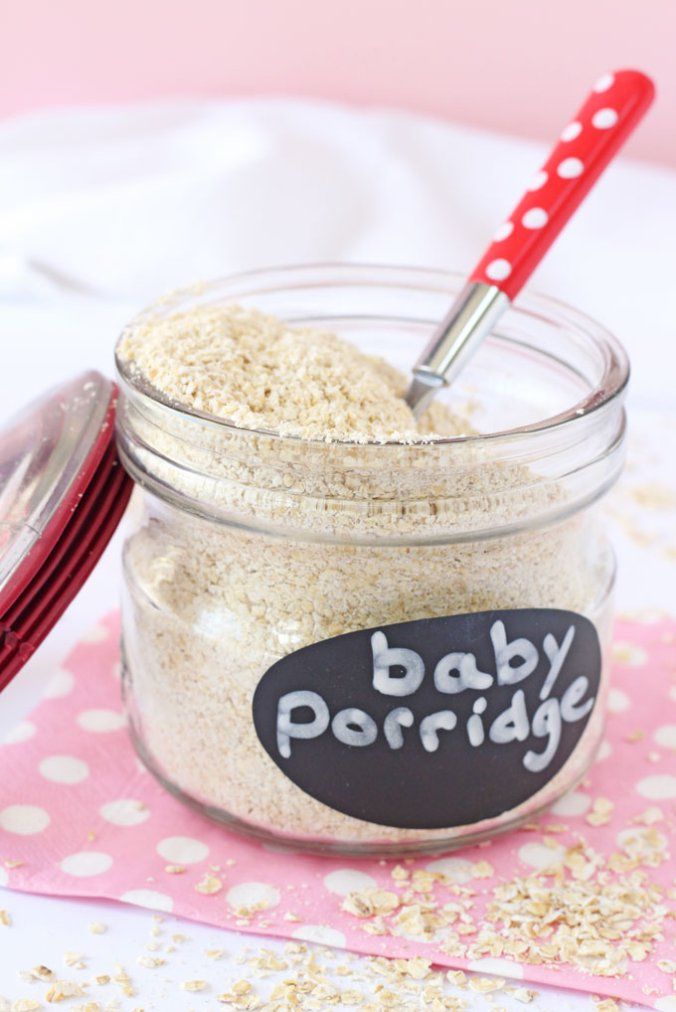 Therefore, if the child is not yet familiar with oats, then carefully read the composition of children's jars.
Therefore, if the child is not yet familiar with oats, then carefully read the composition of children's jars.

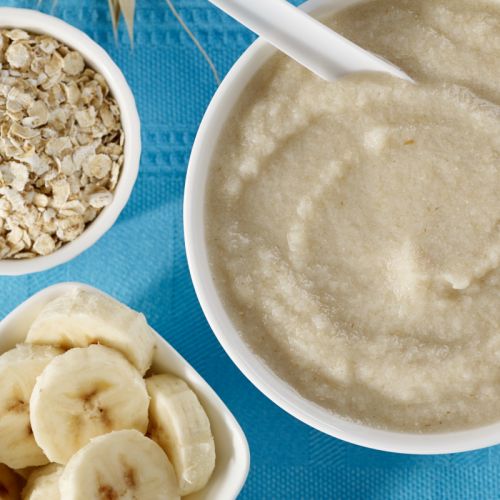 5 liters
5 liters
Clever
Mamako
- Possess Military with goat's milk from 6 months 200 grams
- Milk oatmeal with prunes with goat's milk from 6 months 200 grams
- 5-grain porridge with goat's milk from 6 months 200 gram
- 7-grain porridge with berries with goat's milk from 6 months 200 gram
BEBI
- Silent oatmeal with 5 months 200 grams
- Silent oatmeal porridge with 6 months 200 grams
- Persian puppet with 5 months 250 grams
- Moloral oatmeal from 5 months 250 grams
- Milk porridge 3 cereals with raspberries and lemon balm with prebiotics Premium, from 6 months, 200 grams
Baby Sitter
- Dairy-free Oatmeal porridge from 5 months 200 grams
- Silent -free millet cereals with cereals from 6 months 200 grams
- Silent cereal with 6 months 200 grams
- Silent oatmeal with a banana and lemon balm from 6 months 20028
- Castle melting mulm 6 months 200 grams
- Oat-wheat milk porridge with apple from 6 months 250 grams
- Oat-wheat milk porridge fruit-yogurt from 8 months 50 grams
- Oat-wheat apple milk porridge Good night from 6 months 250 grams
- Oatmeal puree with apricots and apples from 6 months, 190 grams months 200 grams
- Mini instant biscuits 5 cereals, from 6 months 40 grams
Bellakt
- Dairy-free oatmeal porridge with forest berries, from 6 months 200 grams
- milk oatmeal 5 grams 5 months0028
- Military corn and pear from pear from 5 months 250 grams
- Silent porridge 7 cereals with 6 months 20028
- Dairy oatmeal with apple and high-rise from 5 months 220 grams
- Milk porridge 3 cereals with mango and banana from 6 months 200 grams
- Milk porridge 5 cereals with prebiotics from 6 months 200 grams
- Milk porridge 3 cereals with fruit from 6 months 200 grams
- Dairy porridge 5 apple-malpan-rally from 6 months 200 grams
- Milk oatmeal with 5 months 20028
- Milk Veling oatmeal with a banana and prunes from 8 months 435 grams 9002 multi-cereal from 11 months 435 grams
- Porridge-multifruit pouch puree from 6 months 120 grams
- Porridge-apple-peach pouch puree from 6 months 120 gram
- Porridge-pear-apricot puree pouch from 6 months 120 grams
- Fruit-grain porridge-pear-prune pouch fruit-grain puree from 6 months 120 grams
Nutrilon
- Silent oatmeal from 6 months 180 grams
- Silent multiple multislay from 6 months 180 grams
- Milk Ovsyanny with raspberry0028
- Milk oatmeal porridge from 5 months 200 grams
- Milk cereal porridge pear banana 2.
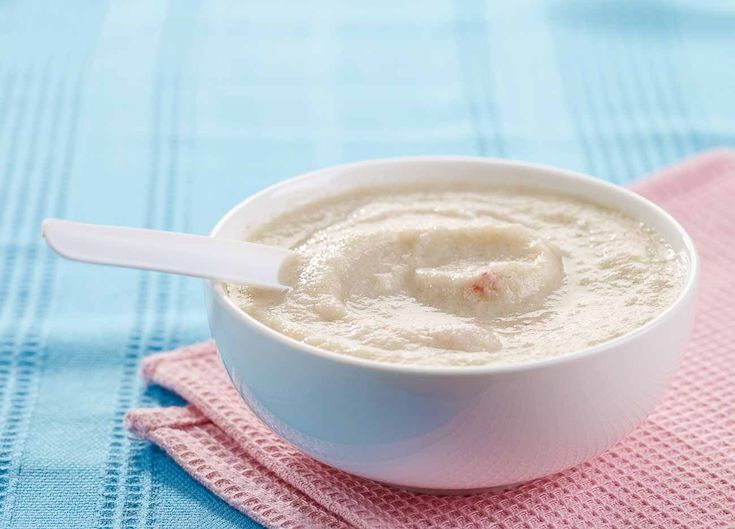 7% from 6 months 200 grams months 90 grams
7% from 6 months 200 grams months 90 grams - ADV BANAN-Banan-Bannik-Slaki Pauchek from 6 months 130 grams
Kabrita
- Porridge 7 cereals on a goat with 6 months 180 grams
- mashed potatoes from 6 months 100 grams
- puree beef-bevel from 6 months 100 grams
with a mustache
- Porridge 5 months 0.2 liter
- Porridge porridge pp. 6 months 0.2 liters
Gerber
- Puree pear-raspberry-cereals from 6 months 90 grams, pouch
- Puree Fruit Cocktail from 6 months 90 grams, pouch-grains months
- 0 gram, pouch
- Apple-cereal-yogurt puree from 8 months 90 grams, pouch
- Banana-blueberry-cereal-yogurt puree from 8 months 90 grams, pouch
Marmaluzi
yogurt 8 months 190 grams Peek-a-Boo- Puree apple-Banan-Banno-Klubnik-Kusyanka from 6 months 113 grams
grass and spices that perfectly complement the taste of oats:
- Koritsa,
- Cardamom,
- Cloves,
- Muscator,
- Ginger,
- honey,
- Vanil,
- Parsley,
- Dill,
- CNOMS seeds
- Carry, etc.
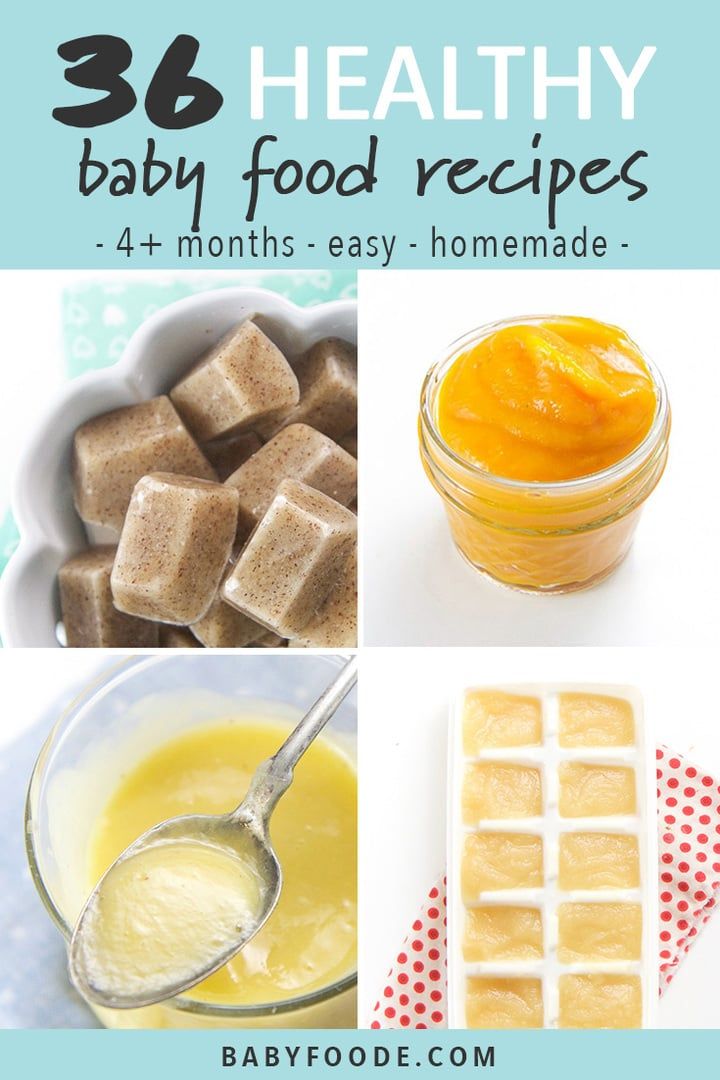
Oatmeal - Encyclopedia Baby food
Recipes 7-8 months Gluten free Dairy free Flour free Meat free Sugar free Egg free Boil Second breakfast Breakfast Porridge Cereals Dairy products Low calorie First meal Snack Cooked Fruits and berries
Levchuk Viktoriya©
Oatmeal, a wonderful breakfast for children, which is hard not to love. High in calcium, protein, fiber and B vitamins, oats are an ideal choice for breakfast and a healthy snack. Rolled oats are also very versatile and can be used in baked goods, smoothies, thickening fruit and vegetable purees, and more.
There are a few things to be aware of when introducing oats into baby food. For starters, don't fool yourself into buying quick-to-cook or instant oatmeal. They have been processed in such a way that the health benefits of them will not be significant. Oatmeal is usually boiled in water, and only after cooking and a little cooling, you can add milk, berries, fruits, sugar, spices, nuts, honey, etc.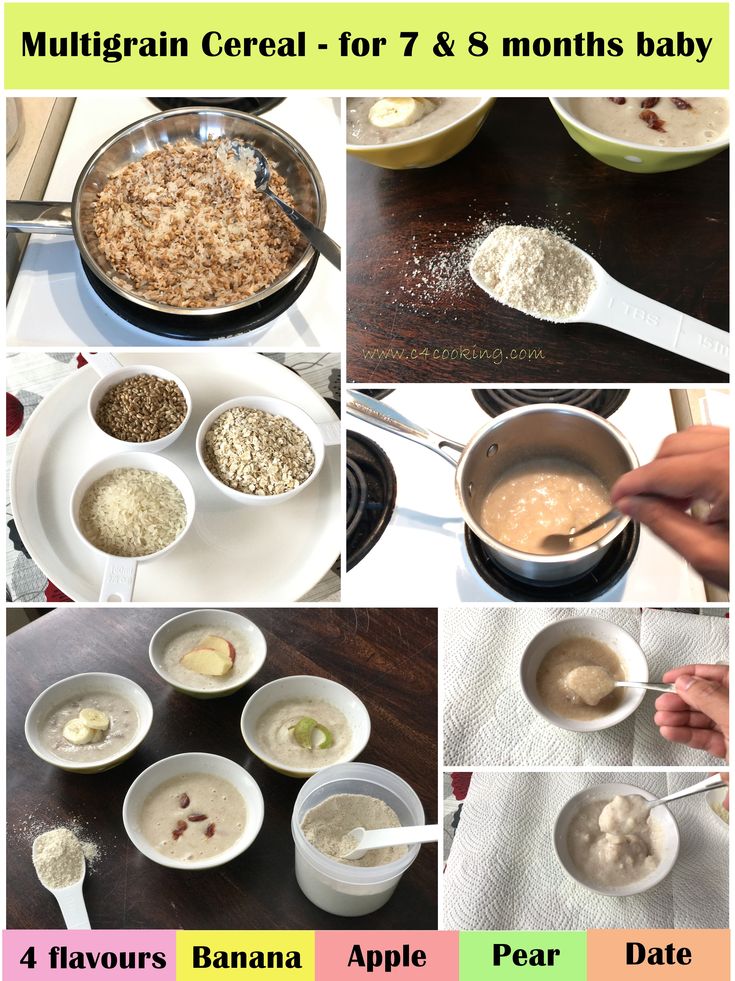
Oatmeal
| Print recipe |
| Portions | Cooking Time | 0005 Add some butter. Serve warm. Recipe Notes Do not use instant or instant oats. You can use oatmeal to make porridge or grind the finished dish with a blender or food processor. For adults: Any fruit can be added at the end, as well as a small amount of cinnamon for a pleasant and rich aroma. When introducing new foods into the baby's diet, you can combine cereals with various fruits. An excellent combination would be oatmeal with an apple. At first, the baby is offered oatmeal with applesauce, as it grows, fruit puree can be replaced with small pieces. Apple oatmeal is suitable for children over 7-8 months. Introduced products in baby foods: Oats, apple, water, butter. Oatmeal with apple Serves: serving Instructions
Strawberry Oatmeal is a great breakfast for babies over 12 months old. The main thing is that all the ingredients are introduced into the baby's complementary foods. In the photo, milk porridge, milk was added at the very end of the preparation of porridge. |

